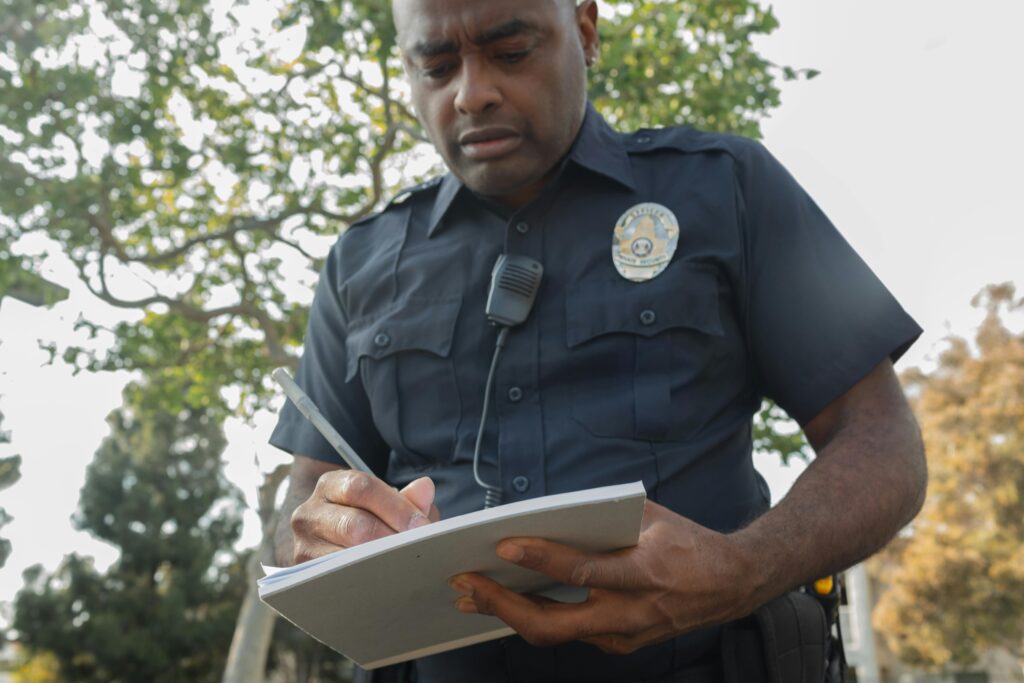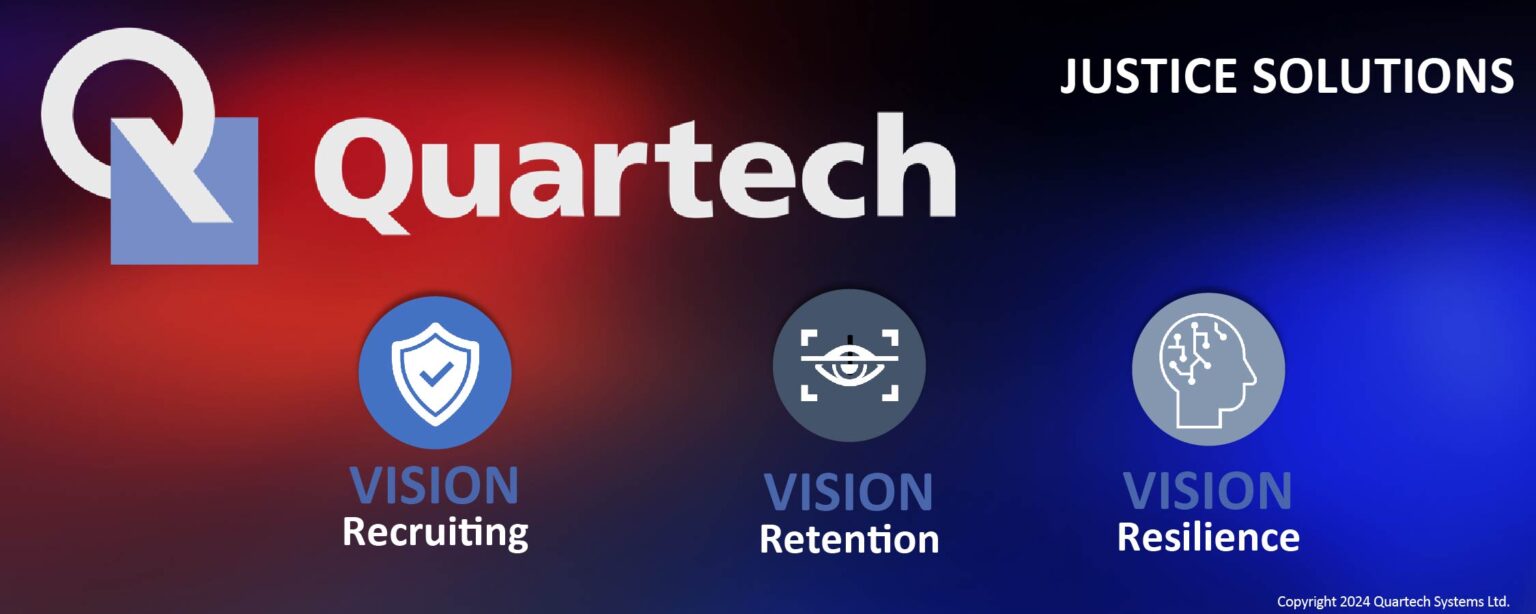
Research
Winter | 2025

Using Time Spent on Incident reports For Staffing Analysis
Eric Chartrand and Eric-Alexandre Verret
Winter | 2025
When conducting studies to determine the proper number officers and deployment schedules, analysts often utilize computer-aided dispatch (CAD) data. This data is easy to access and provides accurate estimates on the number of calls for service and response times. This data measures the time from when the call was dispatch until it is cleared by the officer. However, they fail to capture other more important functions required of officers. For example, very few studies have included the time required of officers to complete incident reports and other administrative functions such as interviewing persons or collecting, packaging, labelling, and securing evidence. Because of this, relying solely on CAD data can severely impact the ability to accurately measure officers’ actual workload and accurately project a department’s staffing needs. Other studies have found report writing is one of the most time-consuming duty of patrol officers. This issue has become particularly problematic since estimates to complete incident reports has more than doubled since the 1970’s.
The purpose of this study was to assess “the workload from calls for service that resulted in an incident report by using CAD and self-reported survey data”.
To determine the time officers spent on calls for service that resulted in an incident report being produced, researchers used survey information from 830 officers over a four-year period. This survey collected on time spent:
On the scene
By back-up units
With arrested persons
Administrative duties (report writing, searching databases etc.…).
The initial analysis of CAD data revealed the time on scene for incidents that resulted in a report being completed was 43.48 minutes. When survey data was used to measure the time officers spent on calls that required an incident report revealed the CAD data accounted for less than half of the average time that were determined in surveys. The average time varied according to the type of calls, ranging from 32.76 minutes for alarms to 429.47 minutes crimes against persons. Overall, the survey data was 465.15 times higher than the averages collected in CAD systems.
This suggests relying solely on “CAD data may grossly underestimate patrol officers’ workload” because it does not incorporate the various components such as time spent providing backup and administrative duties. More specifically, calls that result in an incident report being created are the most time-consuming functions officers participate. To effectively address this, it is critical for agencies create accurate average times for each type of call. In addition, specific data should be collected on the time required to perform specific functions and include them in their workload analysis.
Finally, previous studies have suggested the workload analysis should not be utilized to measure staffing needs for smaller communities with less than 15,000. However, this study suggested collecting survey data to supplement CAD data can be effectively used to address workload in smaller agencies.

Eric Chartrand

Eric-Alexandre Verret
Eric Chartrand and Eric-Alexandre Verret, “Beyond the scene: The importance of time consumed on incident report tasks components in workload-based patrol allocation and deployment assessments”, The Police Journal: Theory, Practice and Principles, 2023, DOI: 10.1177/0032258X231192009.
More Research Articles:

























